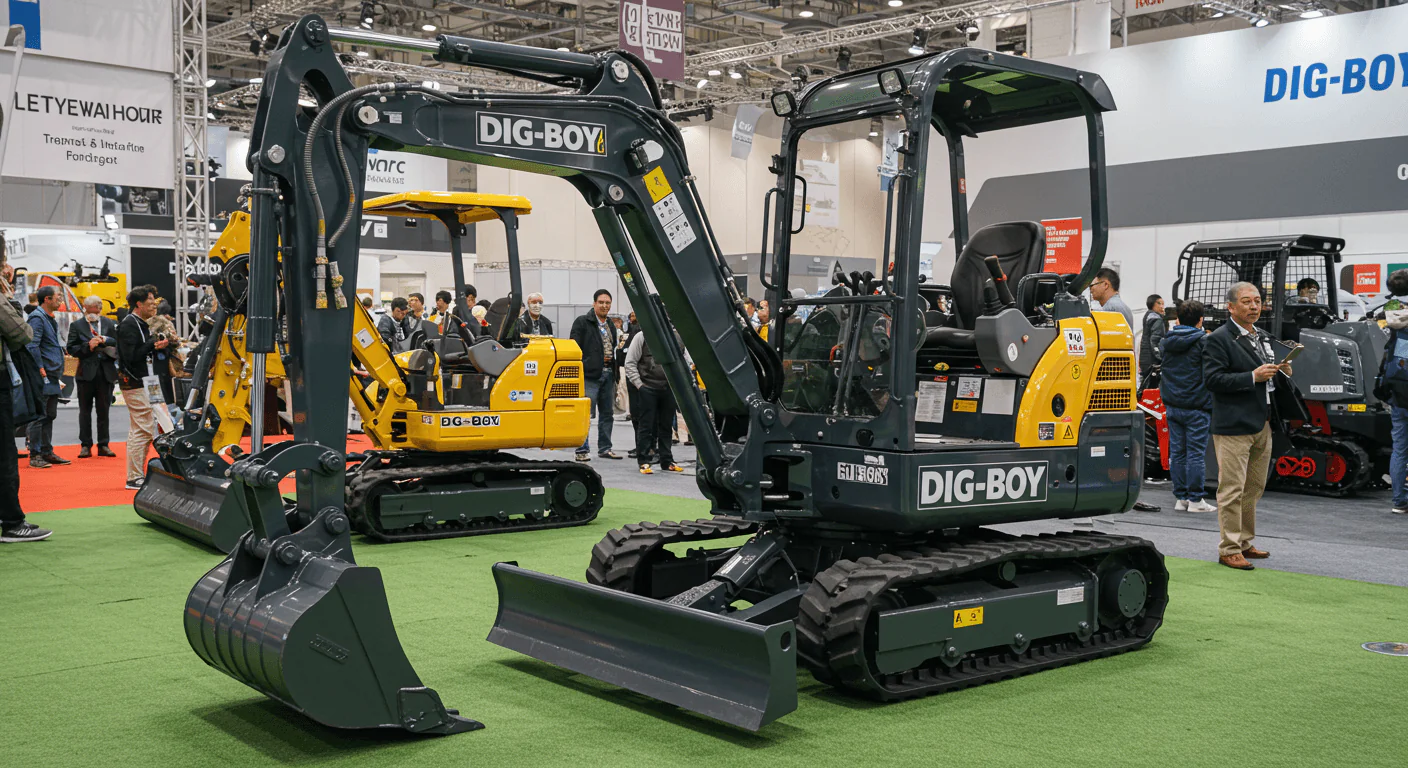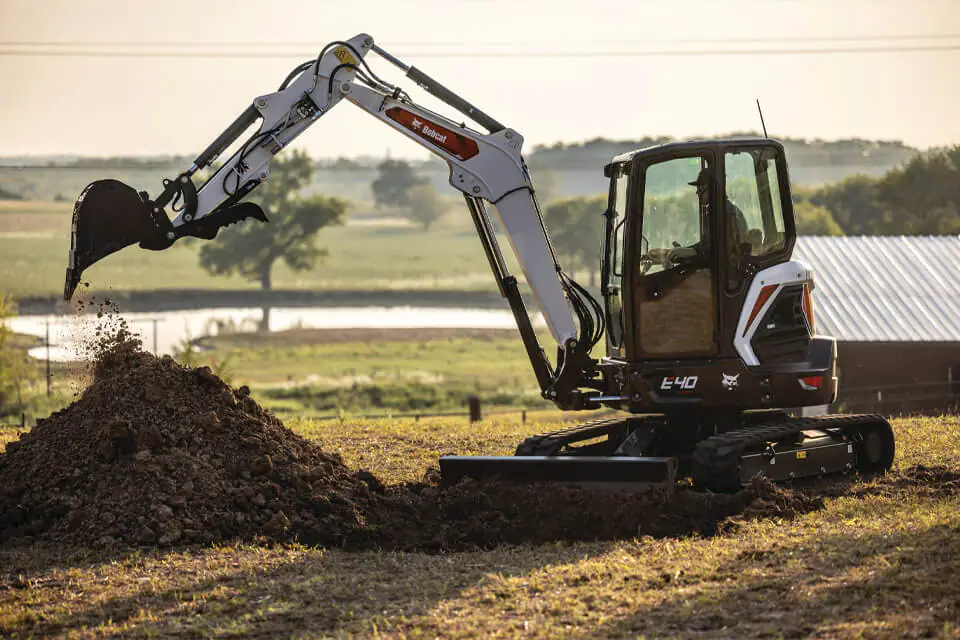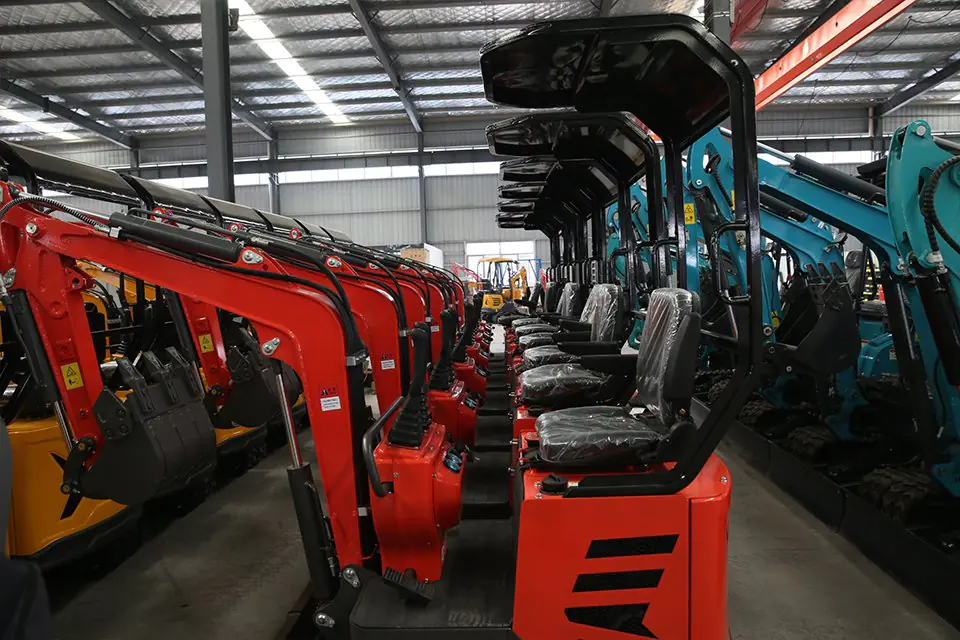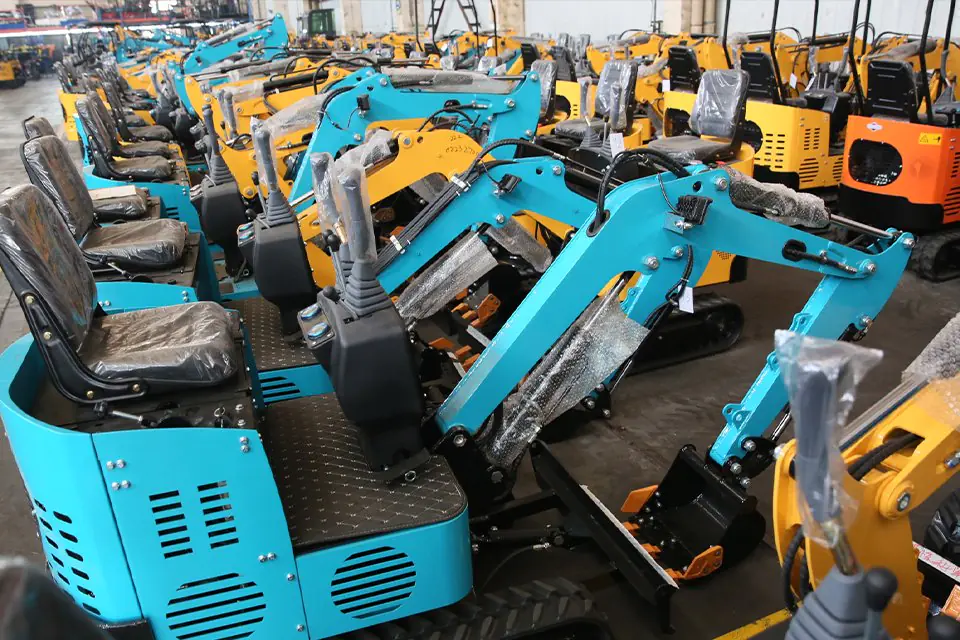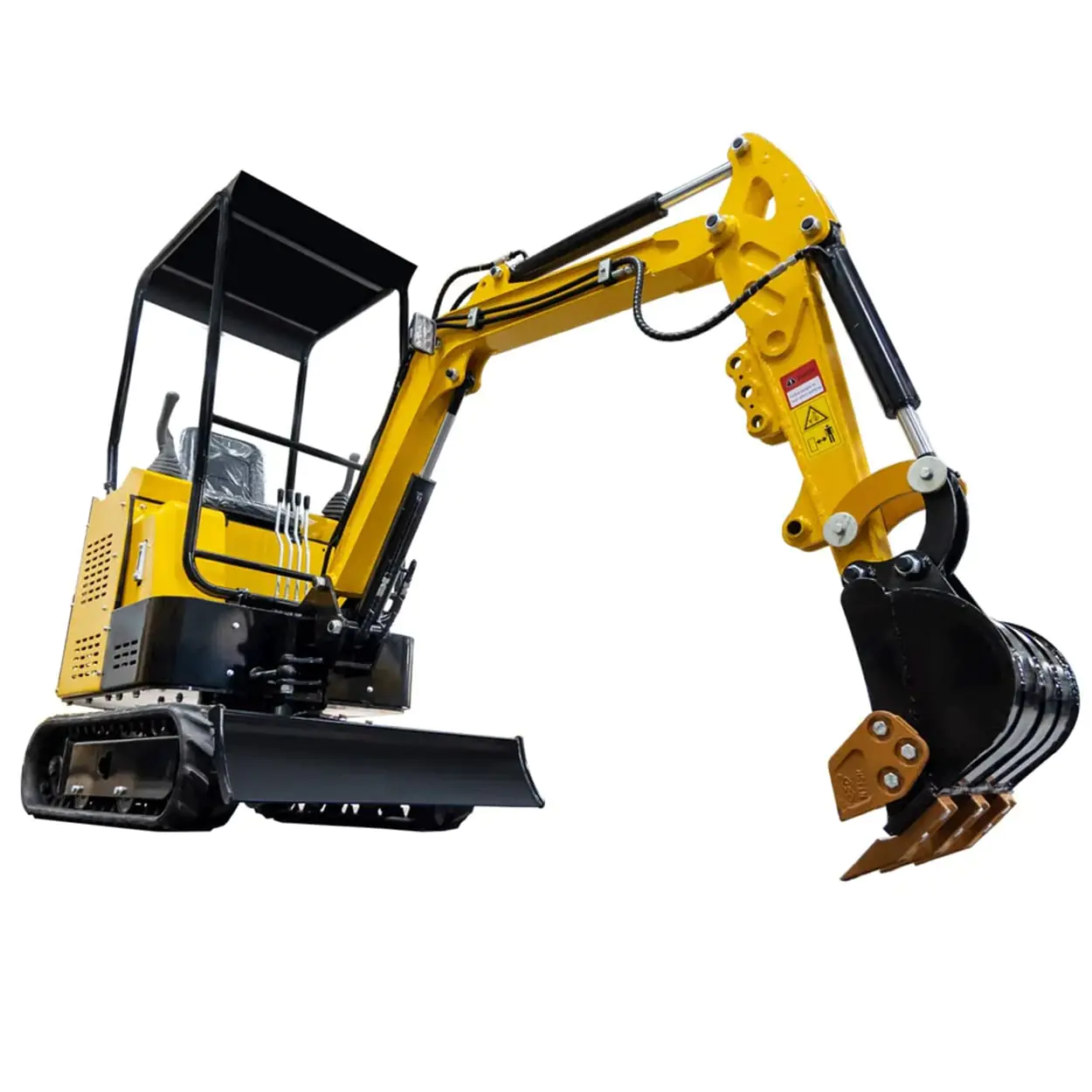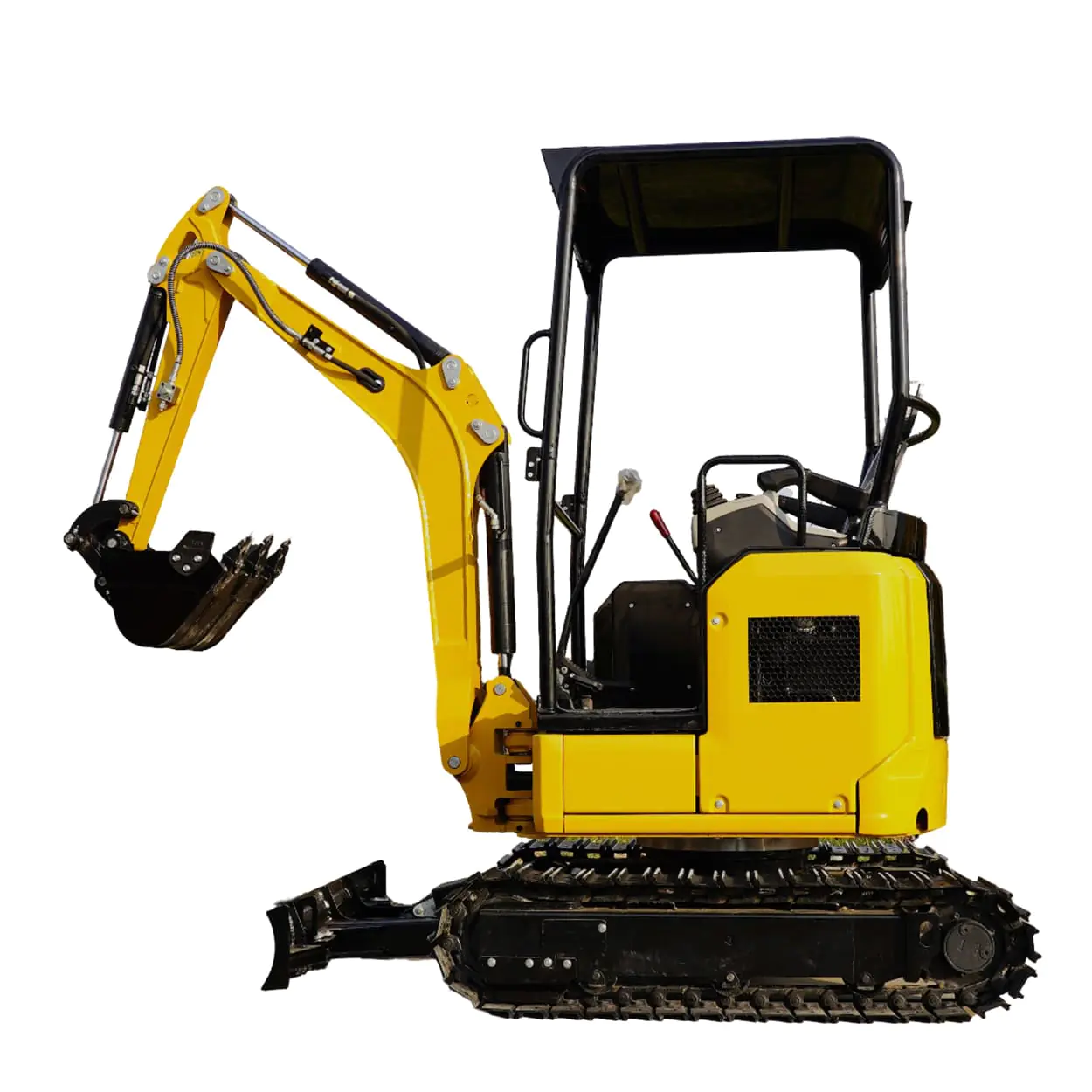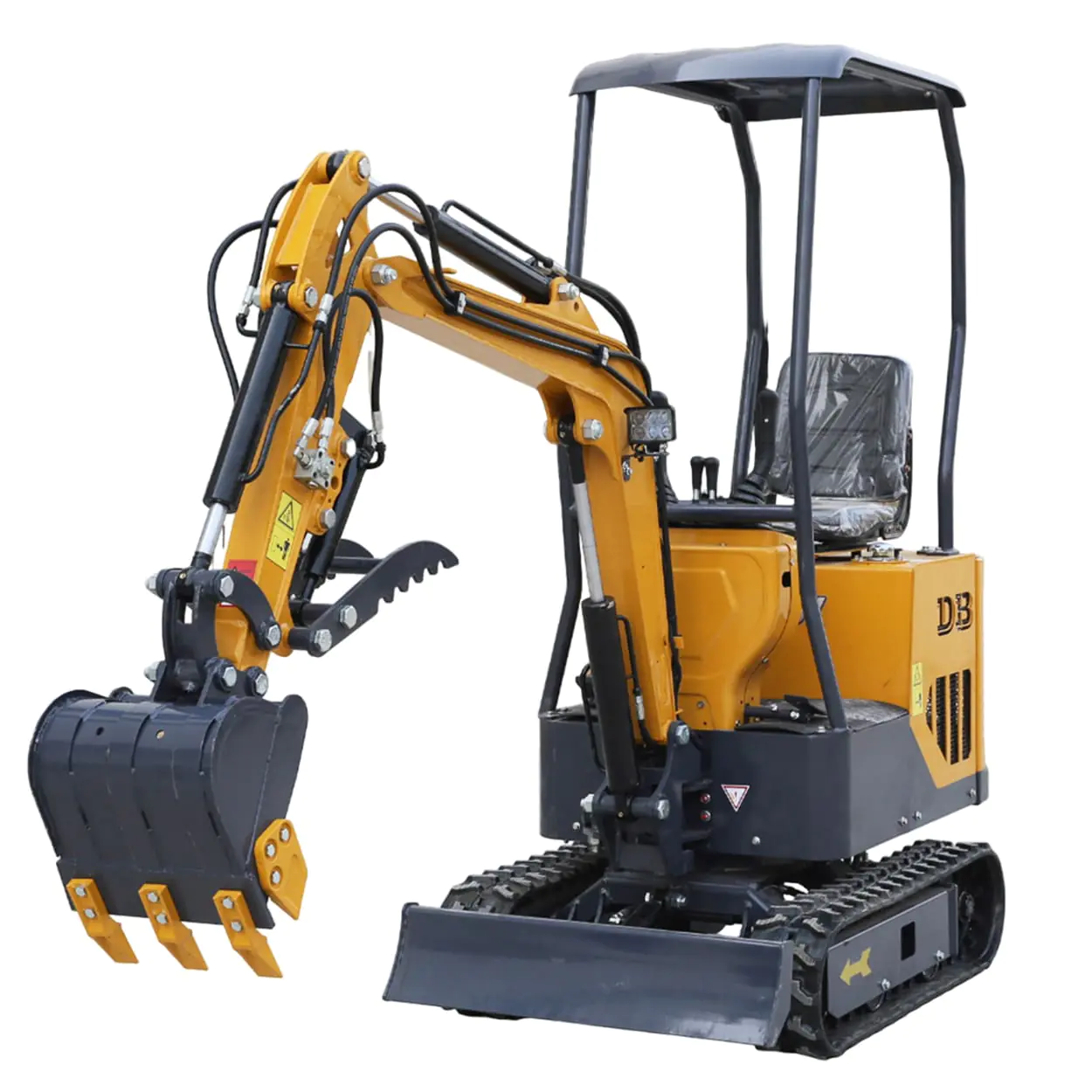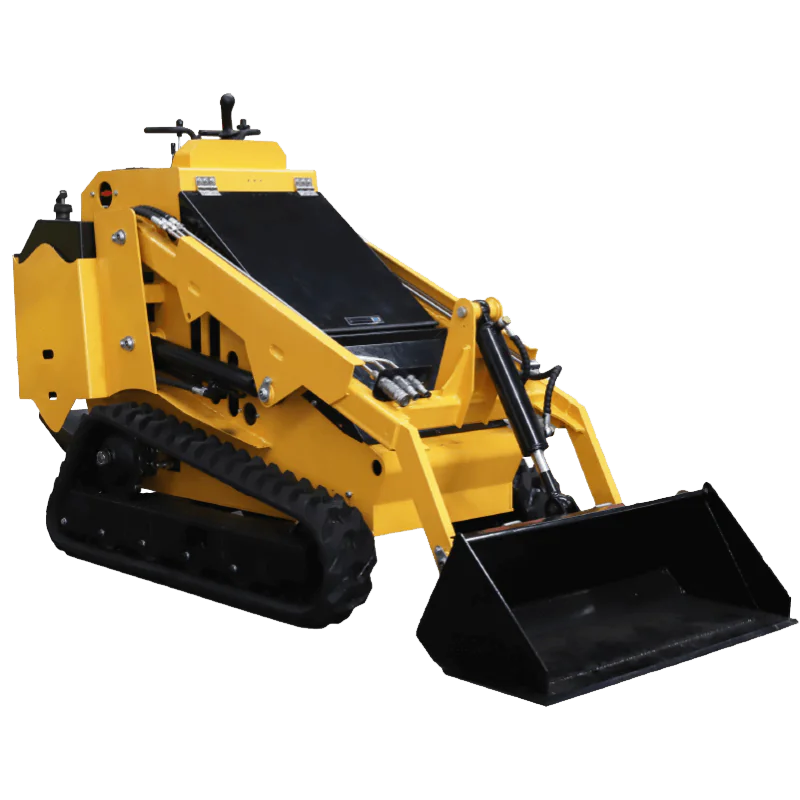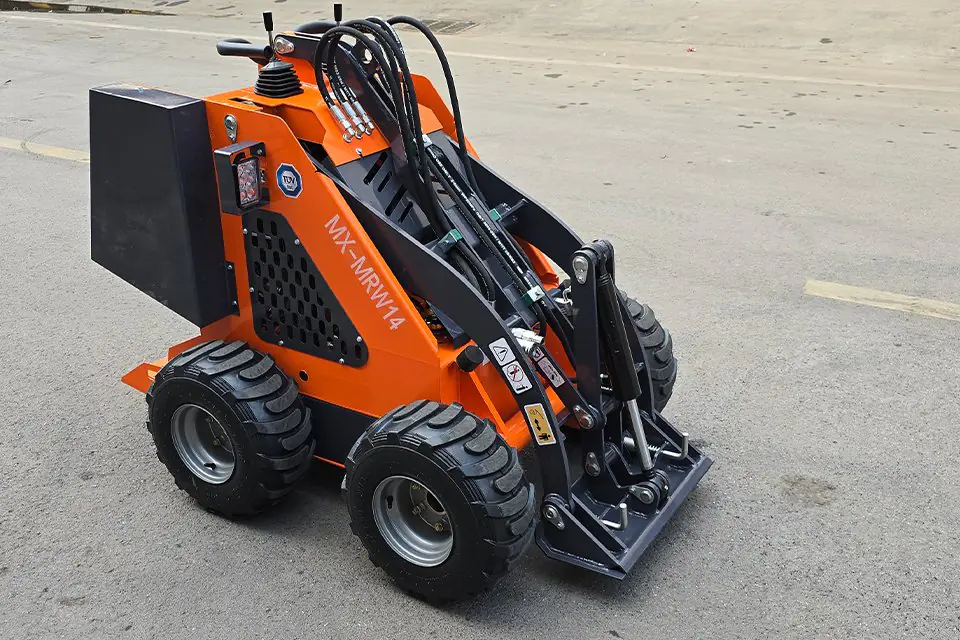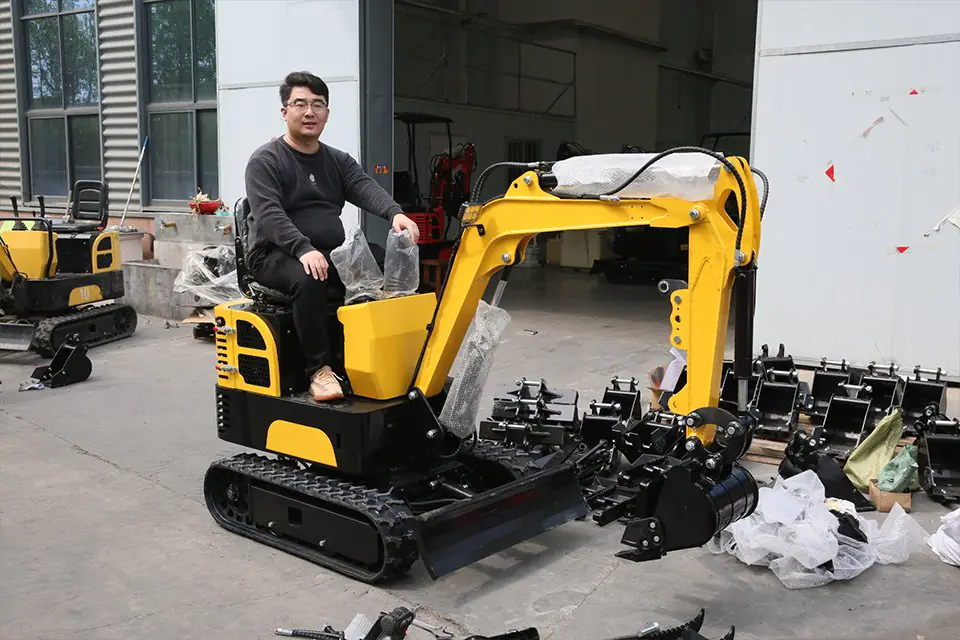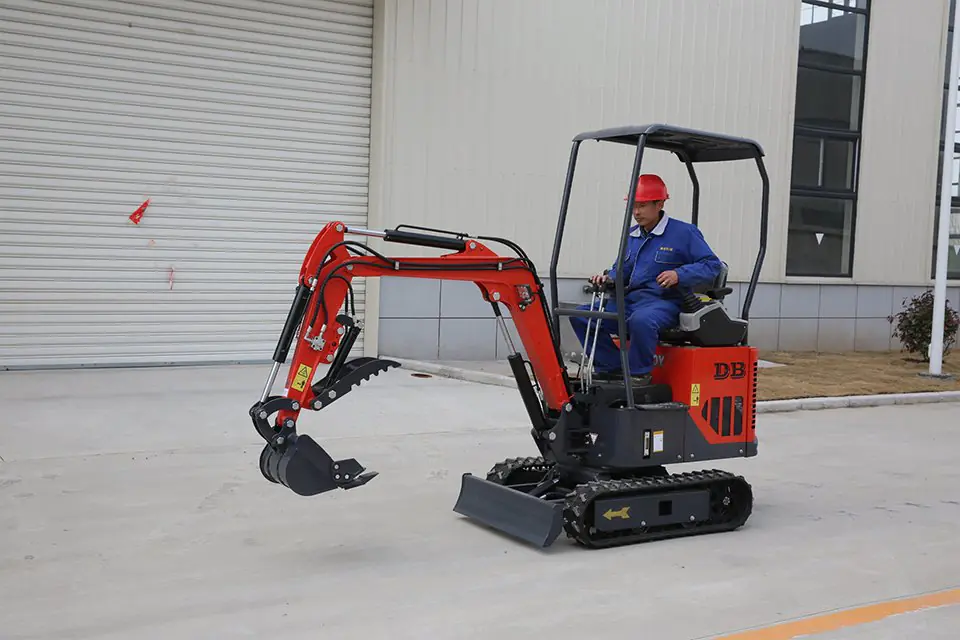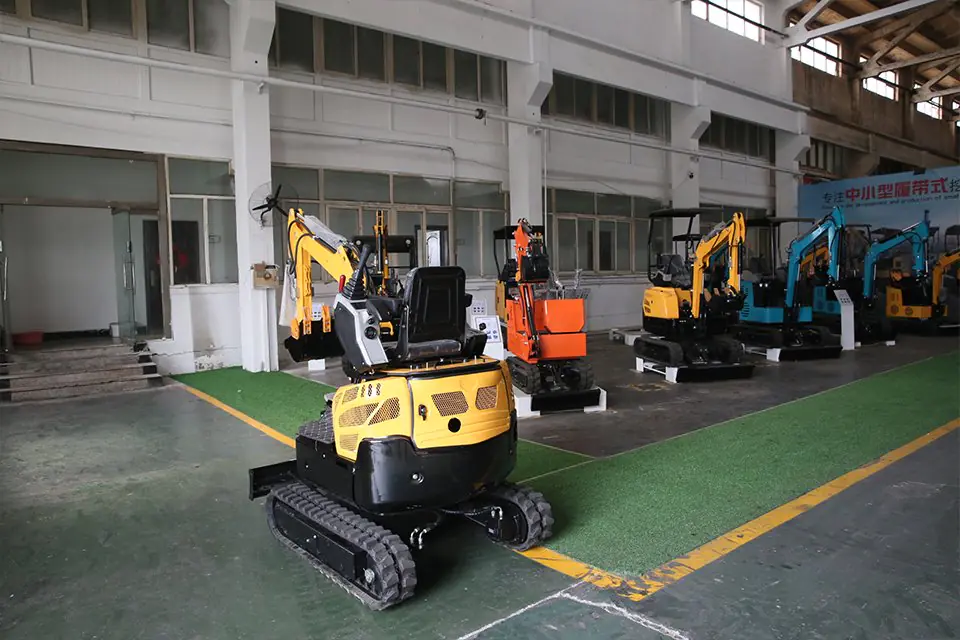Is your mini excavator out of commission because of a derailed track? We’ve got you covered! In this comprehensive guide, we’ll walk you through the process of getting your mini excavator back on track. Whether you’re a seasoned operator or new to heavy equipment, this article is packed with valuable insights to help you tackle this common issue with confidence.
Why Do Mini Excavators Lose Tracks?
Mini excavators can lose their tracks due to a variety of reasons. Wear and tear, loose tracks, operating on uneven terrain, or rotten rubber on the rubber track can all contribute to this issue. Understanding why tracks come off helps in preventing future occurrences and ensures that your heavy equipment stays operational.
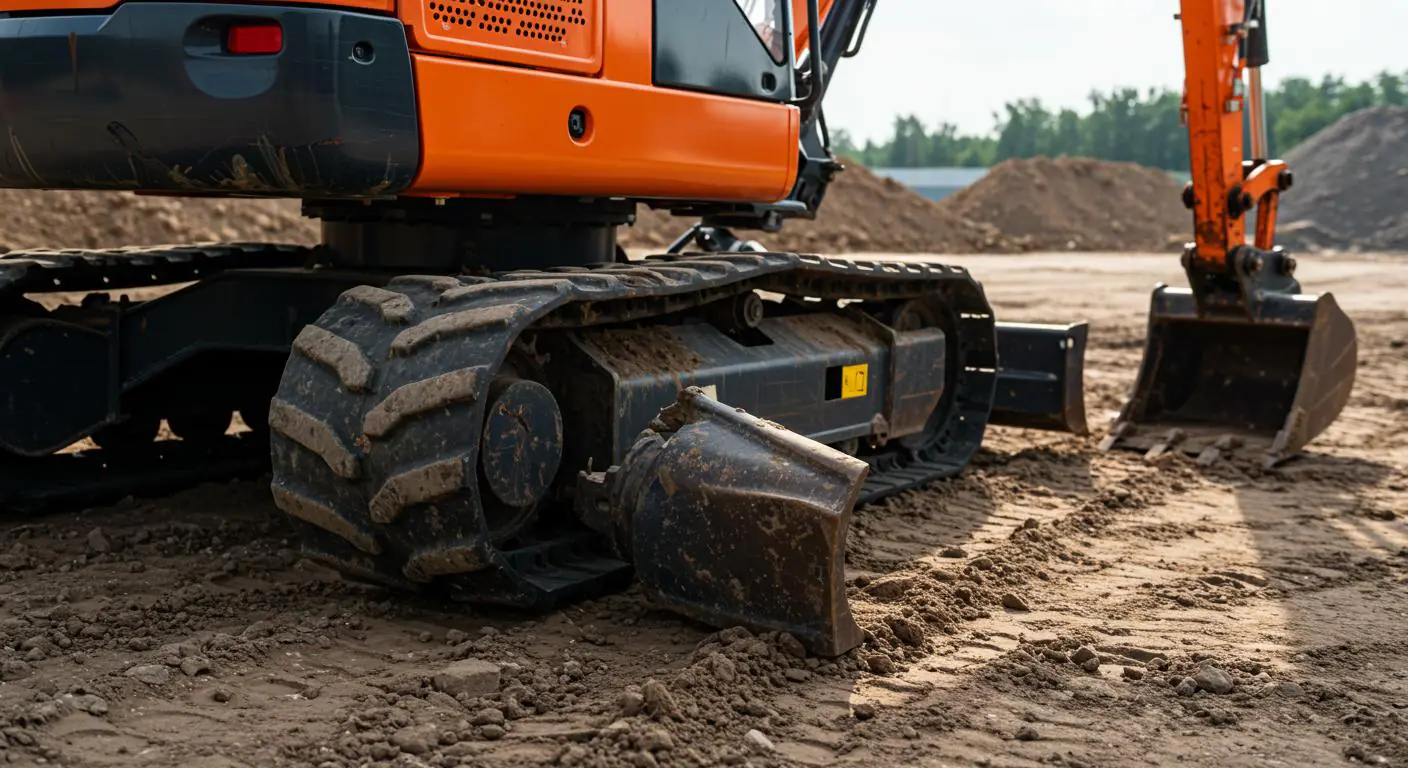
Safety First: Preparing Your Equipment
Before you begin, ensure that the excavator is on a flat surface and the safety lever is engaged. Turn off the engine and remove the key. Safety should always be your top priority when working on the undercarriage of any machinery.
Tools You’ll Need
You’ll need a few tools to put a track back on your mini excavator:
- Pry bar
- Wrench to loosen the grease valve
- Grease gun for adjusting track tension
Having these tools on hand will make the process smoother and more efficient.
Assessing the Situation
Inspect the track frame, sprocket, and idler for any signs of damage. Check if the track is correctly aligned and look for any debris that might hinder the installation. If the sprocket is worn or there are noticeable stress marks, you may need further adjustment or replacement of parts.
Loosening the Track Tension
Locate the grease fitting or grease valve on the side of the track frame. Use the wrench to loosen it slightly. This will allow the idler to move, giving you enough slack to work the track back on.
Note: Be careful not to remove the valve completely to avoid grease spilling out excessively.
Positioning the Excavator for Track Installation
You’ll need to lift the excavator slightly to get the track off the ground. Use the boom, arm, and bucket to raise one side of the machine. This will give you the necessary clearance to work on the track safely.
Guiding the Track onto the Sprocket
Begin by aligning the track on the sprocket at the rear of the excavator. Guide the track carefully, ensuring that it meshes properly with the sprocket teeth. This step is crucial for the correct installation of the track.
Using a Pry Bar to Mount the Track
Now, use the pry bar to lever the track over the top of the idler at the front. This may require some strength and patience. If possible, having a second person to assist can make this step easier.
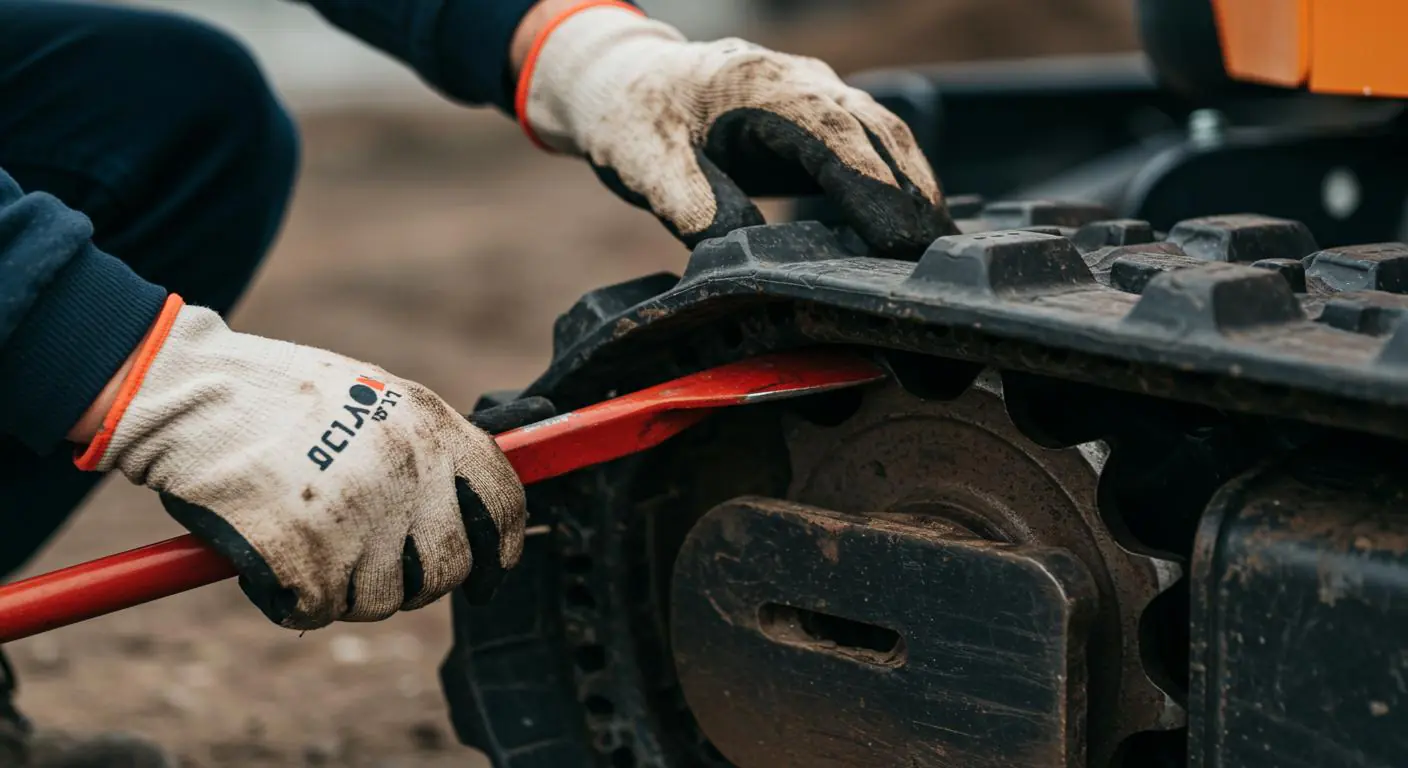
Adjusting the Track Tension
Once the track is in place, tighten the grease valve and use the grease gun to pump grease into the fitting. This will extend the idler, tightening the track. Check the tension as you pump to ensure it’s not too tight or too loose.
Pro Tip: The track should have a slight sag in the center of the track—about 10-20 mm is optimal for most mini excavators.
Maintenance Tips to Prevent Future Issues
Regular maintenance is key to preventing tracks from coming off. Here are some maintenance tips:
- Inspect tracks daily for signs of wear.
- Keep the undercarriage clean to prevent debris build-up.
- Adjust track tension regularly, especially after initial use of a new track.
- Avoid operating in environments that can cause premature wear, such as rocky or abrasive terrains.

FAQs about Mini Excavator Tracks
Q1: How often should I adjust the track tension?
A1: It’s advisable to check the track tension every 50 hours of operation or if you notice the track becoming loose.
Q2: Can I use these steps for a *Kubota* mini excavator?
A2: Yes, while specific models may vary, the general process to put tracks back on a Kubota excavator is similar.
Q3: What causes tracks to come off more frequently?
A3: Operating on uneven terrain, improper tension, and worn undercarriage parts can cause tracks to pop off more frequently.
Conclusion
Replacing or reinstalling a track on your mini excavator might seem daunting at first, but with the right tools and guidance, it becomes a manageable task. Regular maintenance and inspections can prevent most track-related issues, keeping your equipment operational and efficient.
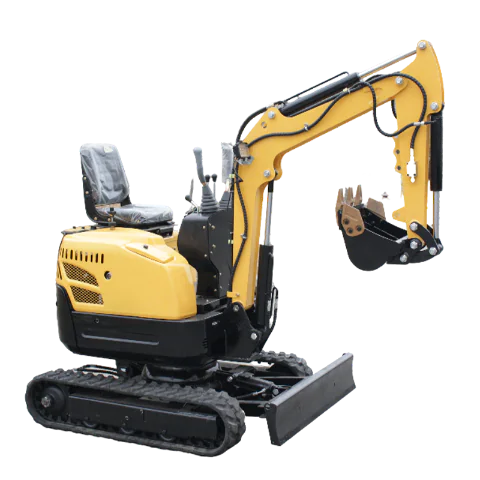
Summary of Key Points
- Always prioritize safety by preparing your equipment properly.
- Understand why mini excavators lose tracks to prevent future issues.
- Have the necessary tools ready: pry bar, wrench, and grease gun.
- Follow the step-by-step process to put the track back on.
- Regular maintenance and track tension adjustments are crucial.
- Use high-quality tracks and parts to ensure longevity.
For more information on mini excavators and heavy machinery, check out our Chinese Mini Excavator and Mini Skid Steer Loader pages.
